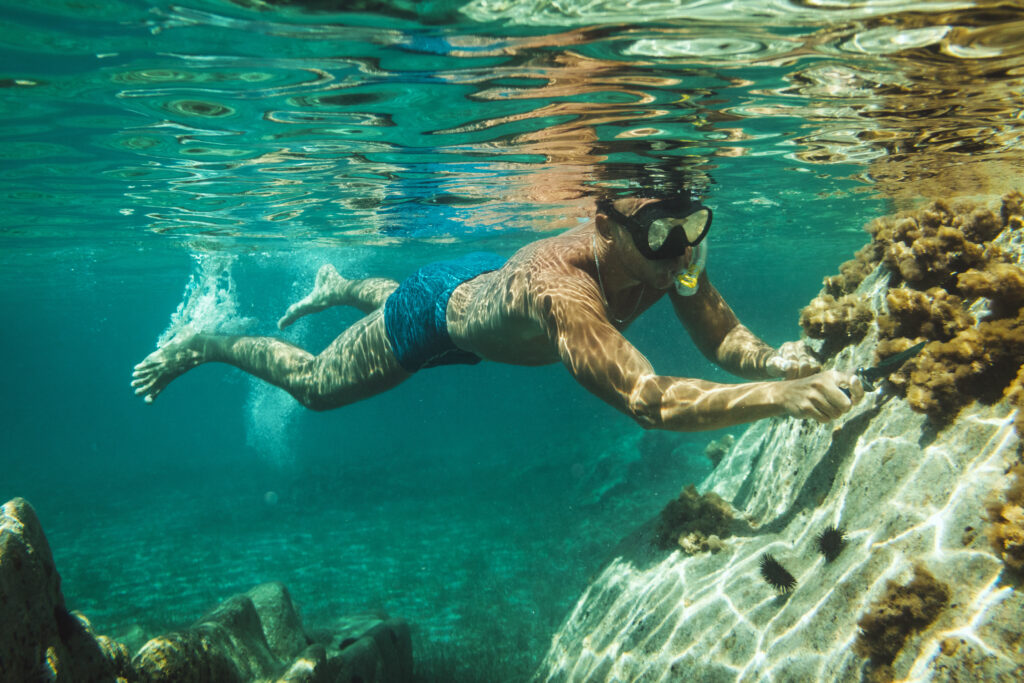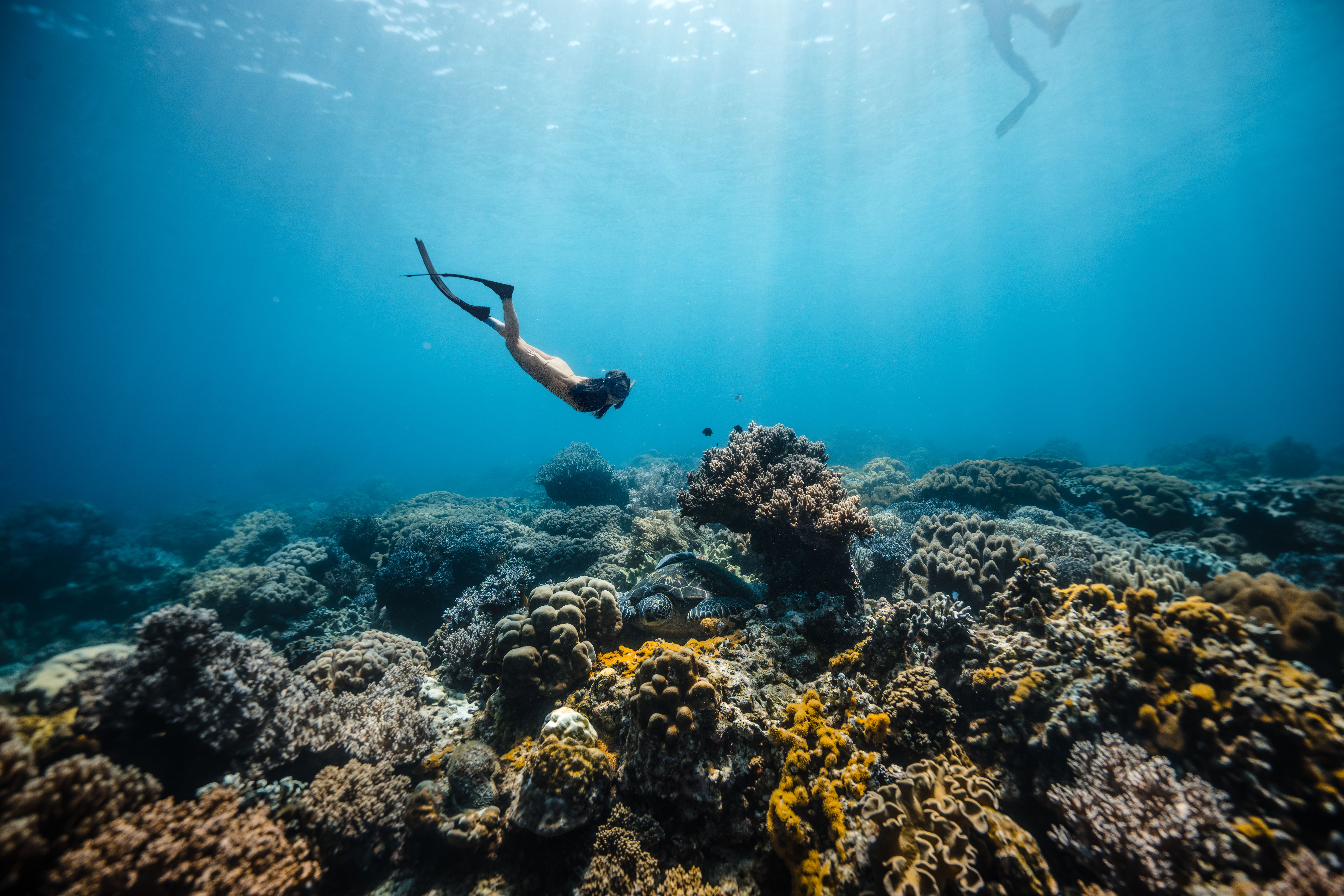Free diving, the art of exploring the underwater world on a single breath, has gained immense popularity among ocean enthusiasts and adventure seekers. Unlike scuba diving, free diving allows you to move freely without the encumbrance of bulky equipment, offering a serene and intimate aquatic experience. However, having the right equipment is crucial to ensure safety, performance, and comfort during your dives. This guide will walk you through the essential free diving gear you need to have a successful underwater adventure.
Understanding Free Diving Equipment
Before diving into the specifics, let’s understand why each piece of equipment is essential. Free diving gear is designed to help you maximize your breath-holding capabilities, streamline your movement through the water, and protect you from the underwater environment.
The Minimalist Approach
In free diving, less is more. The minimalist approach to equipment allows divers to focus on the experience and their connection with the ocean. Each piece of gear serves a specific purpose without burdening the diver, which is why it’s important to select high-quality, purpose-built free diving equipment.

The Must-Have Free Diving Gear
Equipping yourself with the right gear is the first step towards a safe and enjoyable free diving experience. Here’s a breakdown of the essentials.
Free Diving Mask and Snorkel
A well-fitting free diving mask is crucial for clear underwater vision. Free diving masks typically have a low volume to minimize the air needed to equalize the mask as you descend, which conserves valuable oxygen. Look for a mask with a comfortable silicone skirt and a wide field of vision.
The snorkel is a simple but vital piece of gear that allows you to breathe at the surface without lifting your head out of the water. A basic J-shaped snorkel without any unnecessary features is preferred by most free divers for its simplicity and ease of use.
Free Diving Fins
Long fins are a hallmark of free diving. These specialized fins provide powerful propulsion with minimal effort, allowing divers to conserve energy and oxygen. Free diving fins are typically made from plastic, fiberglass, or carbon fiber, with carbon fiber being the lightest and most responsive. Choose a pair that’s comfortable and suits your diving style and conditions.
Free Diving Wetsuit
Water can quickly sap your body heat, even in warmer climates. A good free diving wetsuit not only keeps you warm but also provides protection from the sun, stings, and abrasions. Free diving wetsuits are designed to be more flexible than scuba wetsuits, allowing for a greater range of motion. They also have a smoother exterior to reduce water resistance.
Weight Belt
Buoyancy control is vital in free diving. A weight belt helps you achieve neutral buoyancy at the desired depth, making it easier to remain submerged. Free divers typically use rubber weight belts with quick-release buckles for safety. The amount of weight you’ll need depends on your body composition, wetsuit thickness, and saltwater buoyancy.
Safety Lanyard
A safety lanyard is a crucial piece of safety equipment that tethers you to the dive line. This ensures that you can always find your way back to the surface, even if you become disoriented. It also allows safety divers to easily locate you if assistance is needed.

Additional Equipment for Enhanced Diving
While the above items are the bare essentials, there are a few additional pieces of equipment that can enhance your free diving experience.
Dive Computer
A dive computer designed for free diving can help you monitor your depth, dive time, and surface intervals. This information is essential for managing your dives and preventing decompression sickness. Some advanced models also include features like heart rate monitoring and a built-in compass.
Nose Clip
Some free divers prefer using a nose clip in conjunction with a separate swimming goggle. This setup allows for more facial relaxation and can be more comfortable for those who have difficulty with traditional masks.
Freediving Buoy and Line
A free diving buoy provides a surface reference point and a place to rest between dives. It’s also a safety tool that signals your presence to boats and other watercraft. The line attached to the buoy helps free divers measure their depth and provides a guide for ascending and descending.
Ear Protection
Cold water and wind can lead to an ear infection or “surfer’s ear.” Earplugs designed for diving can protect your ears while still allowing for equalization.
Dive Knife
A small dive knife or line cutter can be a lifesaver in the event you become entangled in fishing lines or nets.
Caring for Your Free Diving Gear
Proper maintenance is key to ensuring the longevity and performance of your diving gear. Rinse your equipment with fresh water after each use, allow it to dry completely before storing, and regularly inspect it for signs of wear and tear.
Selecting the Right Equipment for You
When selecting free diving gear, fit and comfort should be your primary considerations. Try on different models and brands to find what works best for you. Remember, the most expensive gear isn’t always the best choice; focus on quality and how the equipment suits your individual needs.
Final Thoughts on Free Diving Equipment
Free diving is a thrilling and immersive way to connect with the ocean. With the right gear, you can enhance your underwater experience, stay safe, and focus on the beauty of the marine environment. Whether you’re just starting or looking to upgrade your setup, this guide to essential free diving equipment will help you gear up for success.
Equip yourself with the essentials, respect the ocean, and always dive with a buddy. Here’s to your next breath-taking adventure beneath the waves!


